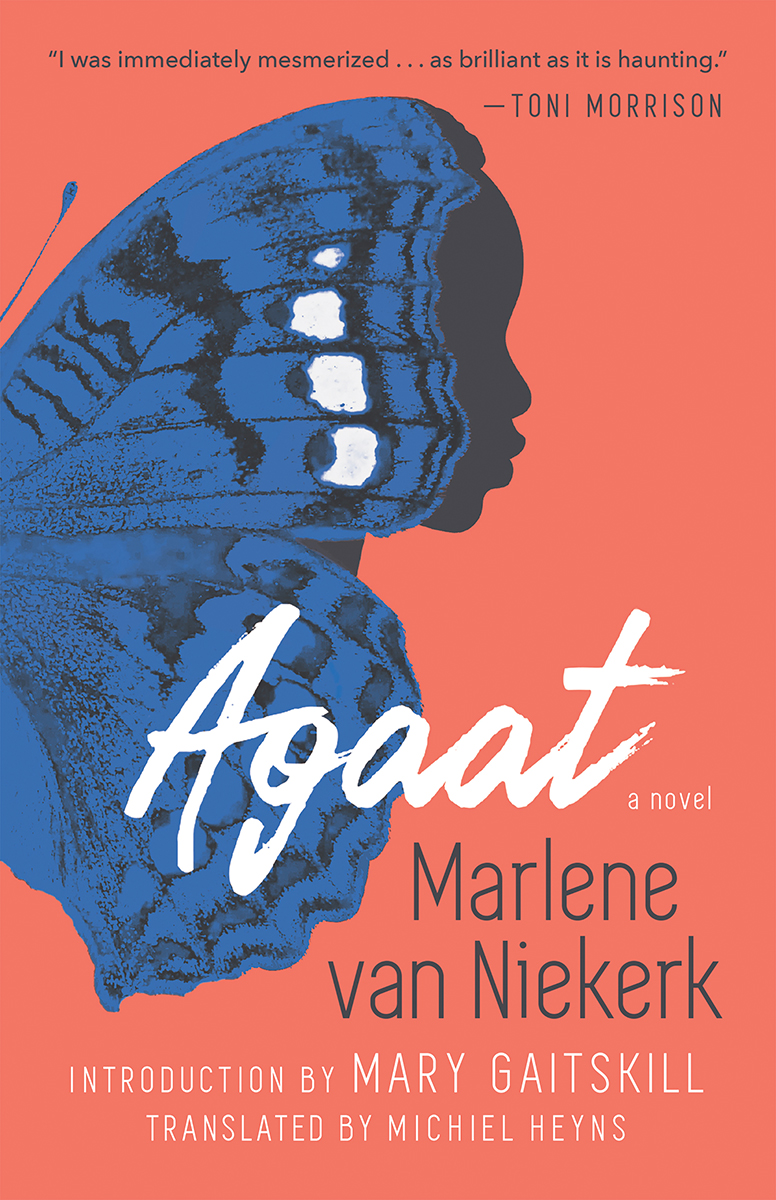What do you think?
Rate this book


592 pages, Paperback
First published January 1, 2004
"Why do I always give myself the most difficult missions? The most difficult farm, the most difficult husband, and now this damaged child without a name?"Milla in her paralyzed state has been communicating one letter at a time by using her eyes. As her paralysis spreads her remaining means to communicate begins to fail. One eye can no longer open and she's down to one eye. She knows the end is near. In desperation she identifies with the wilted flowers and gets four letters out (and thinks the rest):
"P.R.A.Y, I asked. It's the only opening I can devise to initiate what I want to plead for. Don't throw them out. Our blue-purple hydrangeas. Don't throw yourself out, and me neither. Hold us for a while yet. There is beauty also in flowers that fade. Their last hour provides stuff for contemplation. Contemplate it for me. For whom do you in any case want to refresh the vase? It's our last flower arrangement with a history in this room. Remember, you salvaged the vase. And stuck it together. And it never leaked."Her son is not there, and she's not been told of his plans. So she gets this message out:
"M.Y. O.N.L.Y C.H.I.L.D, exclamation D.O.E.S H.E. K.N.O.W I A.M D.Y.I.N.G H.E.R.E, question mark."This book can be read as an allegory of the demise of apartheid. In many ways Agaat and Milla embody apartheid, two women, black and white, ink and paper, who together, over 50 years, inscribed upon each other a scroll of wrongs, betrayals and sacrifices that cannot be redressed, only reread.
"Why only now love you with this inexpressible regret? . . . Am I vain in thinking you will miss me?"How should a person feel about experiencing slow death? Is the coming death an escape from a difficult life? Or is it a time of regret about how things could have been different? Or perhaps it is time to feel satisfied about a battle well fought.